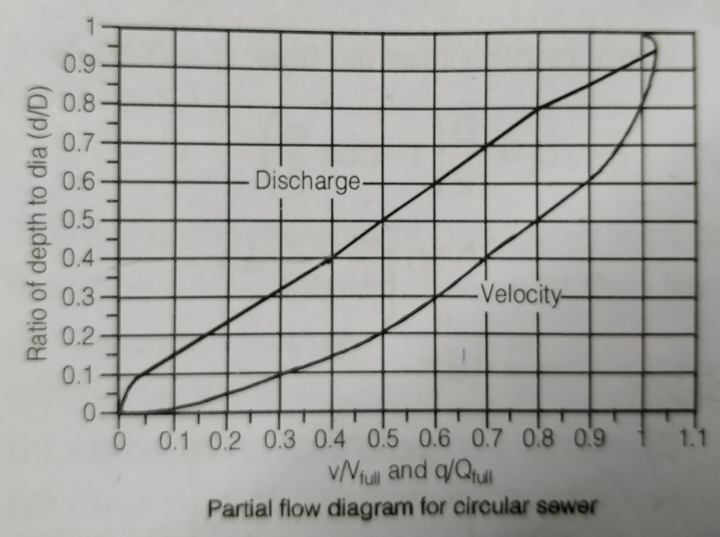Time Left - 15:00 mins
ISRO CE Quiz 1- Environmental Engineering
Attempt now to get your rank among 907 students!
Question 1
The mean indoor airborne Chloroform (CHC13) concentration in a room was determined to be 0.4 µg/m3. Use the following data: T = 293K, P = 1 atmosphere, R = 82.05 × 10–6 atm.m3/mol-K Atomic weights: C = 12, H = 1, CI = 35.5. This concentration expressed in parts per billion (volume basis, ppbv) is equal to
Question 2
A circular primary clarifier processes 5005 cubic meters of municipal wastewater every day. The overflow rate is 35m3/m2d. The diameter of the clarifier shall be _____.
Question 3
Bulking sludge refers to having
Question 4
An analysis for determination of solids in the return sludge of activated sludge process was done as follows: (1) A crucible was dried to a constant mass of 62.458 g. (2) 75 ml of a well–mixed sample was taken in the crucible. (3) The crucible with the sample was dried to a constant mass of 65.020 g in a drying oven at 104 °C. (4) The crucible with the dried sample was placed in a muffle furnace at 600 °C for an hour. After cooling, the mass of the crucible with residues was 63:145 g.
The concentration of organic fraction of solids present in the return sludge sample is
The concentration of organic fraction of solids present in the return sludge sample is
Question 5
An existing 300 mm diameter circular sewer is laid at a slope of 1:280 and carries a peak discharge of 1728 m3/d. Use the partial flow diagram shown in the figure below and assume Manning’s n = 0.015.

At the peak discharge, the depth of flow and the velocity are, respectively

At the peak discharge, the depth of flow and the velocity are, respectively
Question 6
The results of analysis of a raw water sample are given below
Turbidity : 5 mg/I
pH : 7.4
Fluorides : 2.5 mg/I
Total Hardness : 300 mg/I
Iron : 3.0 mg/I
MPN : 50 per 100 ml
From the data given above, it can be inferred that water needs removal of
Turbidity : 5 mg/I
pH : 7.4
Fluorides : 2.5 mg/I
Total Hardness : 300 mg/I
Iron : 3.0 mg/I
MPN : 50 per 100 ml
From the data given above, it can be inferred that water needs removal of
Question 7
If the BOD3 of a wastewater sample is 75 mg/L and reaction rate constant k (base e) is 0.345 per day, the amount of BOD remaining in the given sample after 10 days is
Question 8
Consider four common air pollutants found in urban environments, NO, SO2, Soot and O3. Among these which one is the secondary air pollutant?
Question 9
The dispersion of pollutants in atmosphere is maximum when
Question 10
Two primary air pollutants are
- 907 attempts
- 1 upvote
- 12 comments
Jun 22ESE & GATE CE

